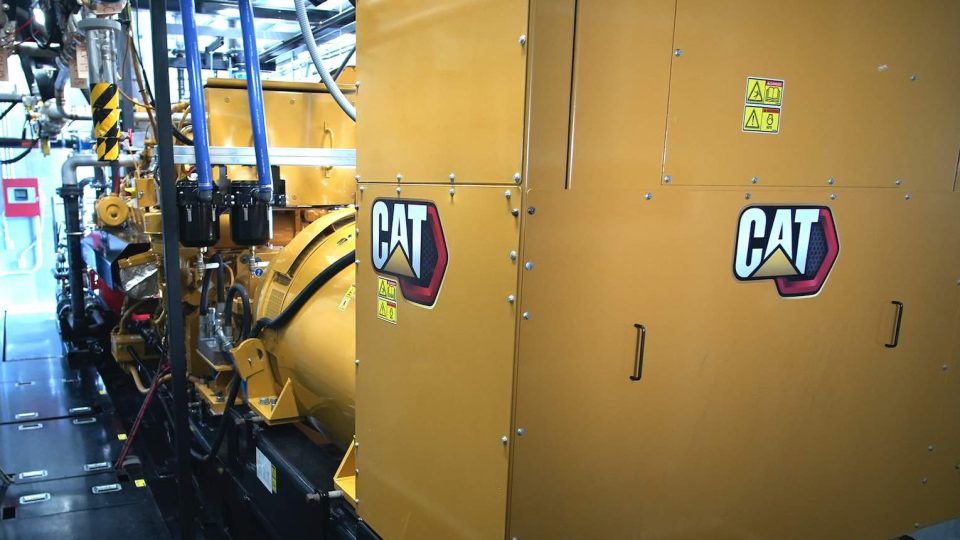District heating: the key to decarbonised energy, according to Wärtsilä
District heating is a multi-technology solution which is currently underutilised for Europe to meet near-term decarbonisation goals affordably, highlights a new study released by technology group Wärtsilä and conducted by economic consulting firm Compass Lexecon.

District heating is a multi-technology solution which is currently underutilised for Europe to meet near-term decarbonisation goals affordably, highlights a new study released by technology group Wärtsilä today. In 2021, district heating supplied just 11% of Europe’s households’ heating demand. The study, conducted by economic consulting firm Compass Lexecon, shows that modernising this sector could cut EU carbon emissions and scale renewable energy use significantly by transitioning away from inflexible coal-fired systems.
The findings highlight the significant potential of integrating district heating and power systems (also known as sector coupling) to decarbonise both heat and electricity while delivering savings. Inflexible coal power and heat generation together in 2022 accounted for almost 450 million tons of CO2 emissions – almost 60% of the sector’s emissions.
The study identifies and analyses various revenue streams for combined heat and power generation (particularly CHP engines) using gas and examines relevant European regulatory framework and future trends affecting these revenue streams. It also includes country-specific case studies with insights into national regulatory and market environments.
“District heating has untapped potential in Europe to be a profitable pathway to net zero,” says Igor Petryk, Market Development Director at Wärtsilä Energy. “It is more than just heating homes – it is about enabling renewable energy growth, offering flexibility, and creating a viable solution for coal-dependent countries transitioning to cleaner energy.”
The findings suggest that flexible district heating technologies, such as CHP engines, can contribute to the integration of increasing renewable energy supply and accelerating the phasing out of fossil fuels. In Poland, recently published Wärtsilä’s modelling shows that by integrating district heating and power systems the country could save €3.8 billion over the next decade, reducing annual CO2 emissions in its coal-dominated power sector by 57% by 2032. In the modelling, CHP engines and heat pumps emerge as the key facilitators for efficiently integrating Poland’s expanding Renewable Energy Sources (RES) capacity.
Igor Petryk adds: “Combined heat and power engines and flexible technology like heat pumps optimise energy use. They dynamically select between heat and power production technologies to adapt to market prices, maximising economic returns. For example, when renewable energy is abundant, heat pumps and electric boilers absorb the extra energy. When solar and wind are low, these engines produce heat for cities and power for the grid. This two-way balance keeps energy supply reliable.”
The study further highlights the flexibility of the CHP engine technology compared to traditional gas turbines, allowing it to react more efficiently to fluctuating electricity supply and volatile prices. This advantage has been observed in case studies globally, where flexibilities procured by grid operators need to be made available within only 5 minutes or less. The ability to provide such short-term flexibility can provide a significant revenue stream for CHP engines, thereby reducing heat costs while also improving power system stability.
The case studies in Denmark, Hungary, Czech Republic and Poland, which are all existing district heating projects, confirm that investment into flexible technologies such as CHP Engines is feasible and future-proof.
Gerald Aue, Vice President, Compass Lexecon, concludes: “Our study shows that efficient CHP engines can play an important role in contributing to the mitigation of climate change by replacing coal. This is also acknowledged by the fact that these engines can fulfil the criteria of the EU Taxonomy for sustainable activities under certain conditions.”










